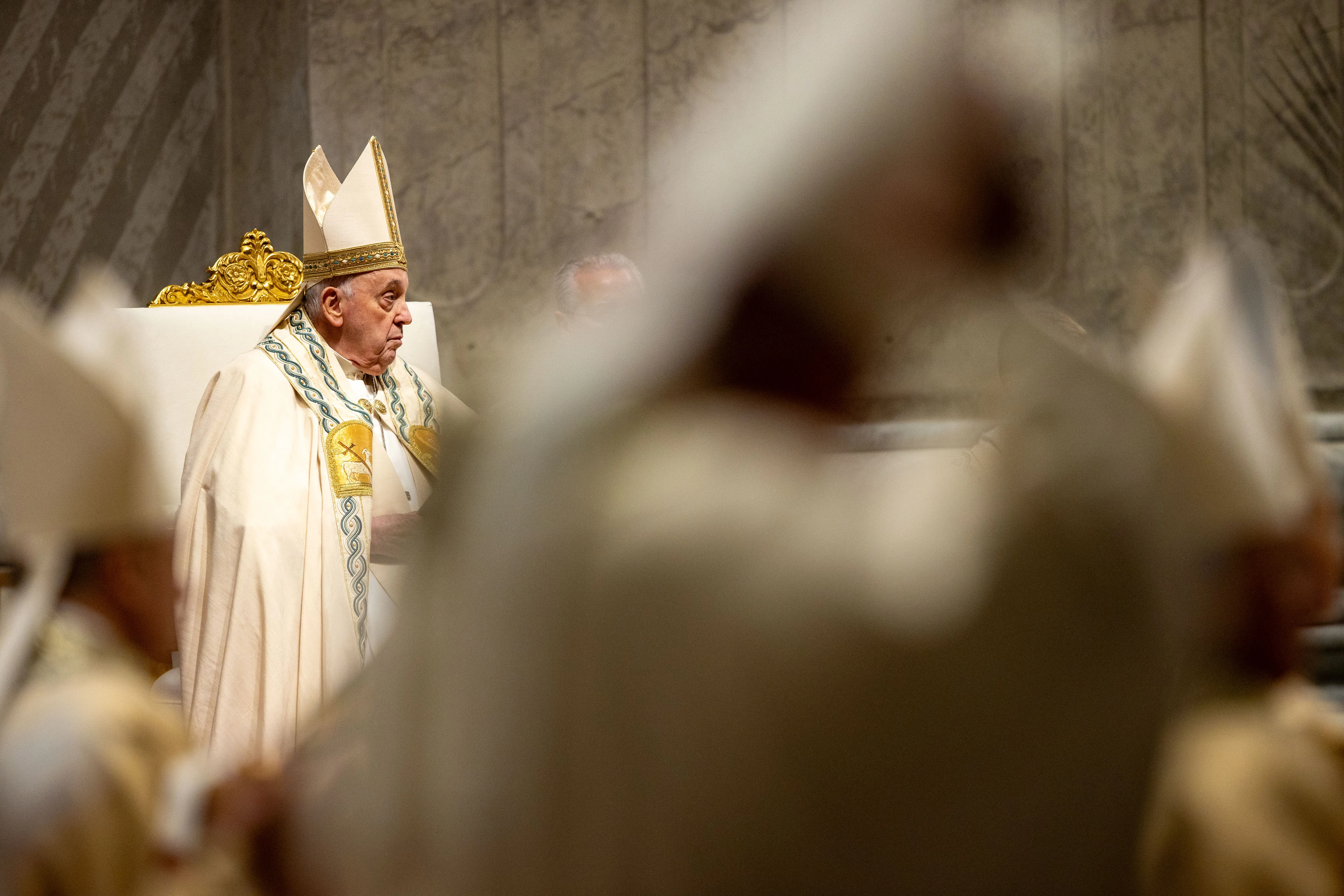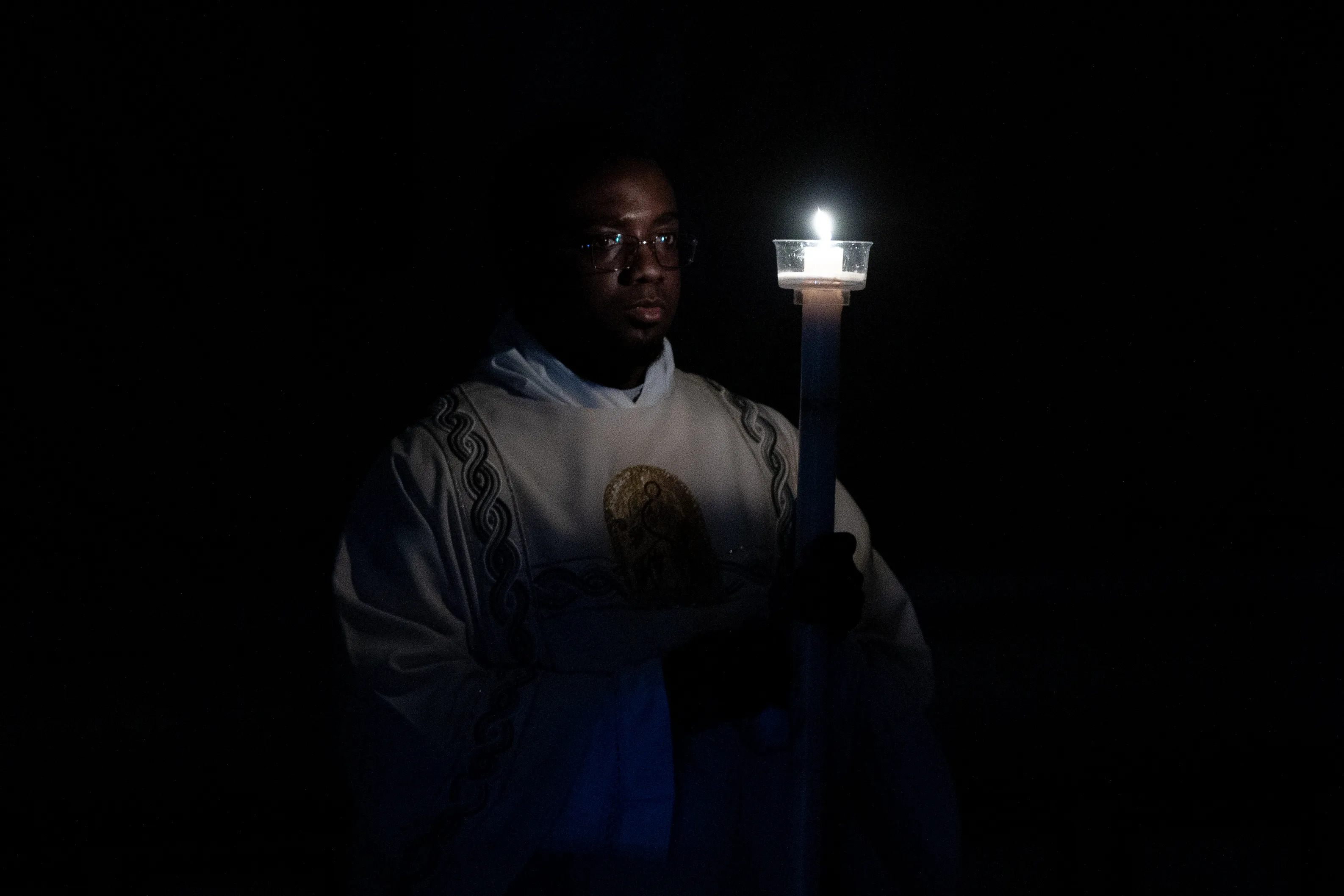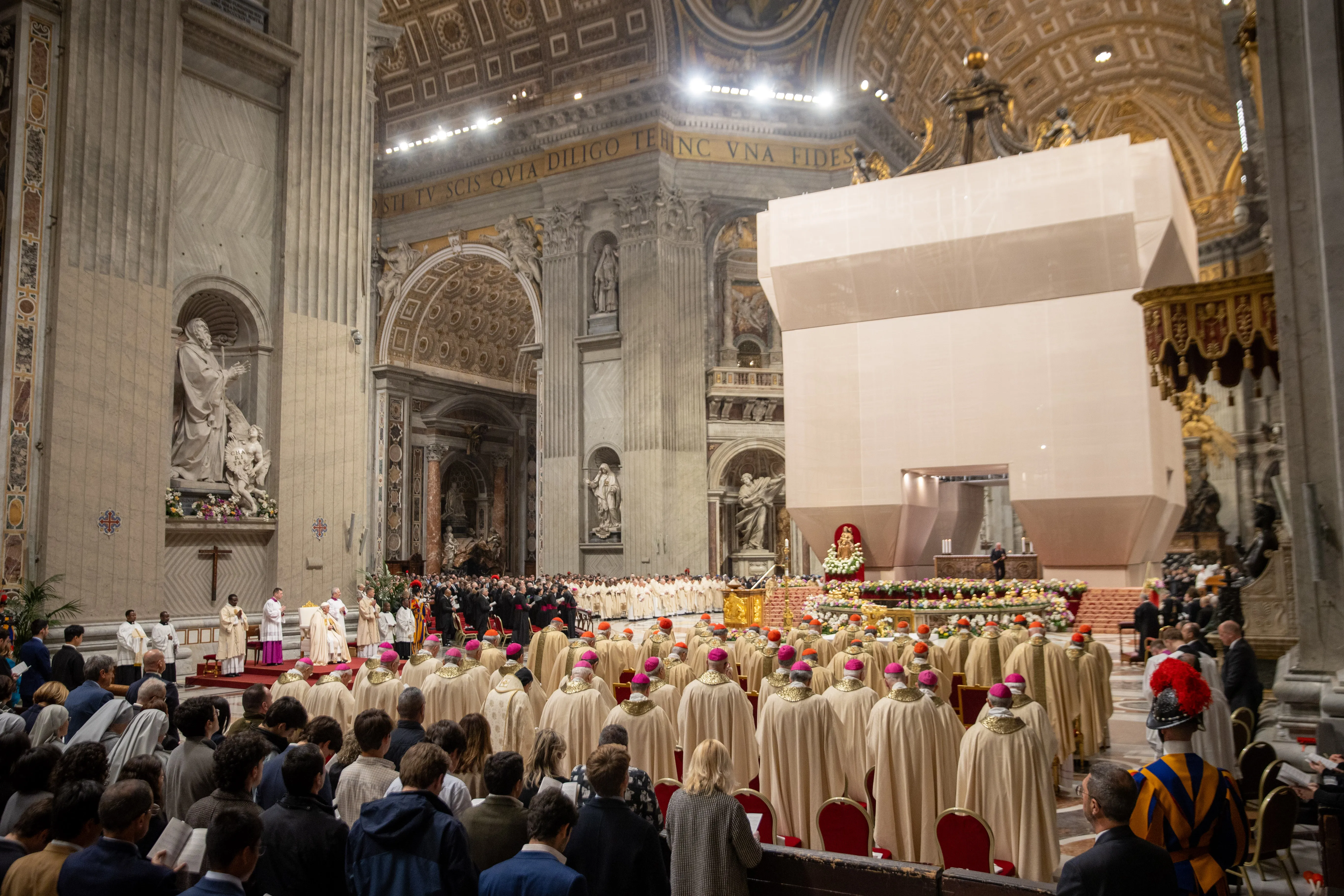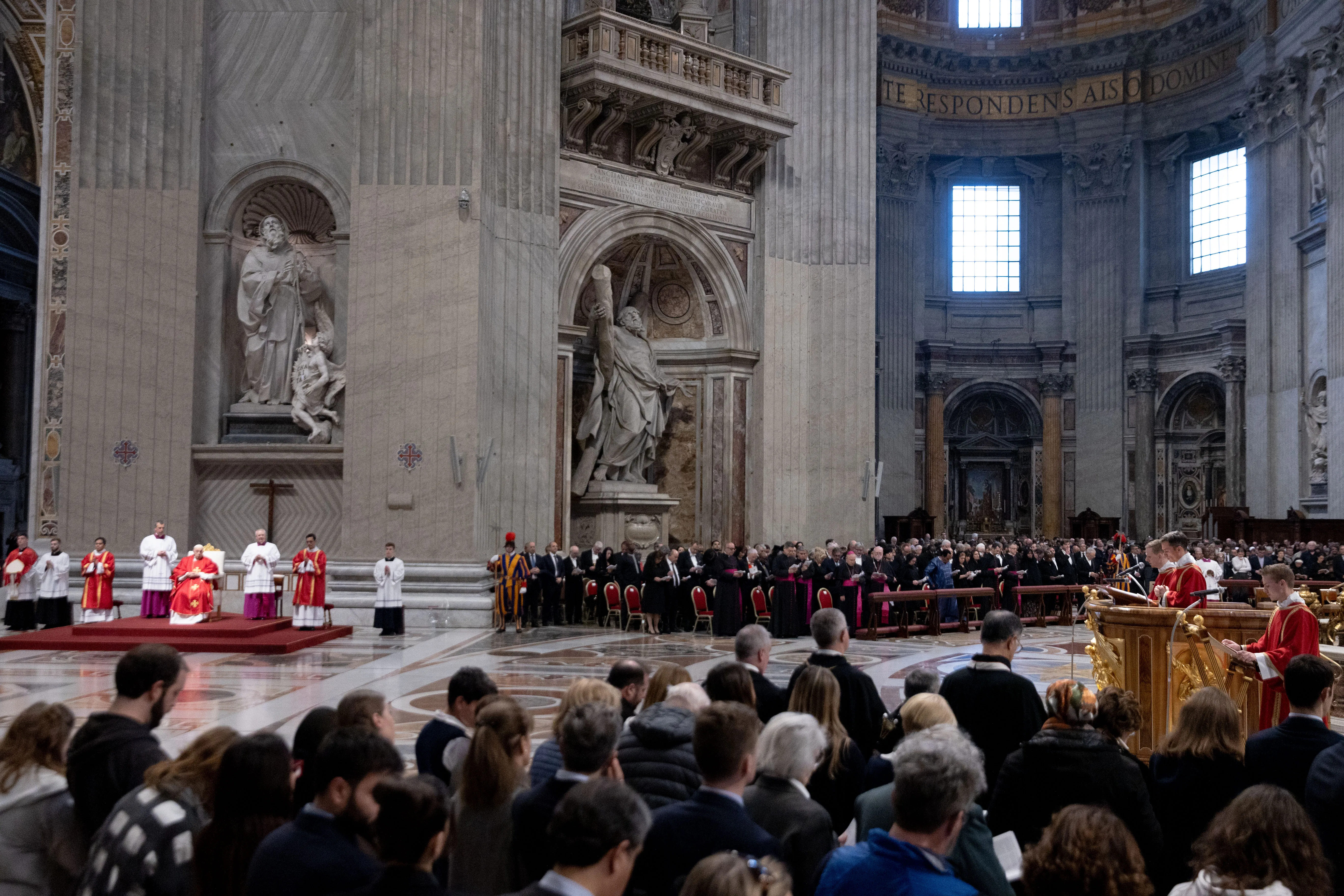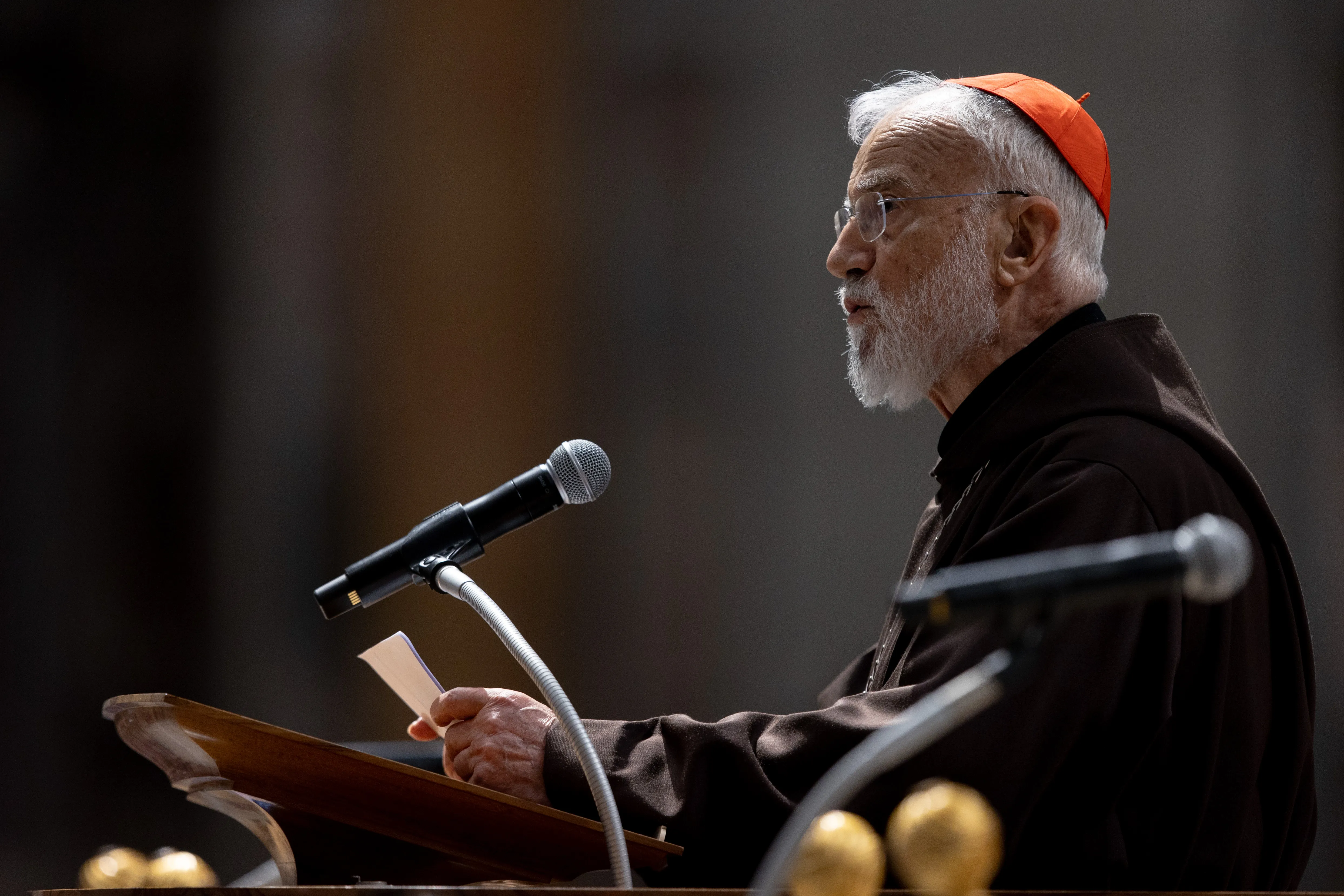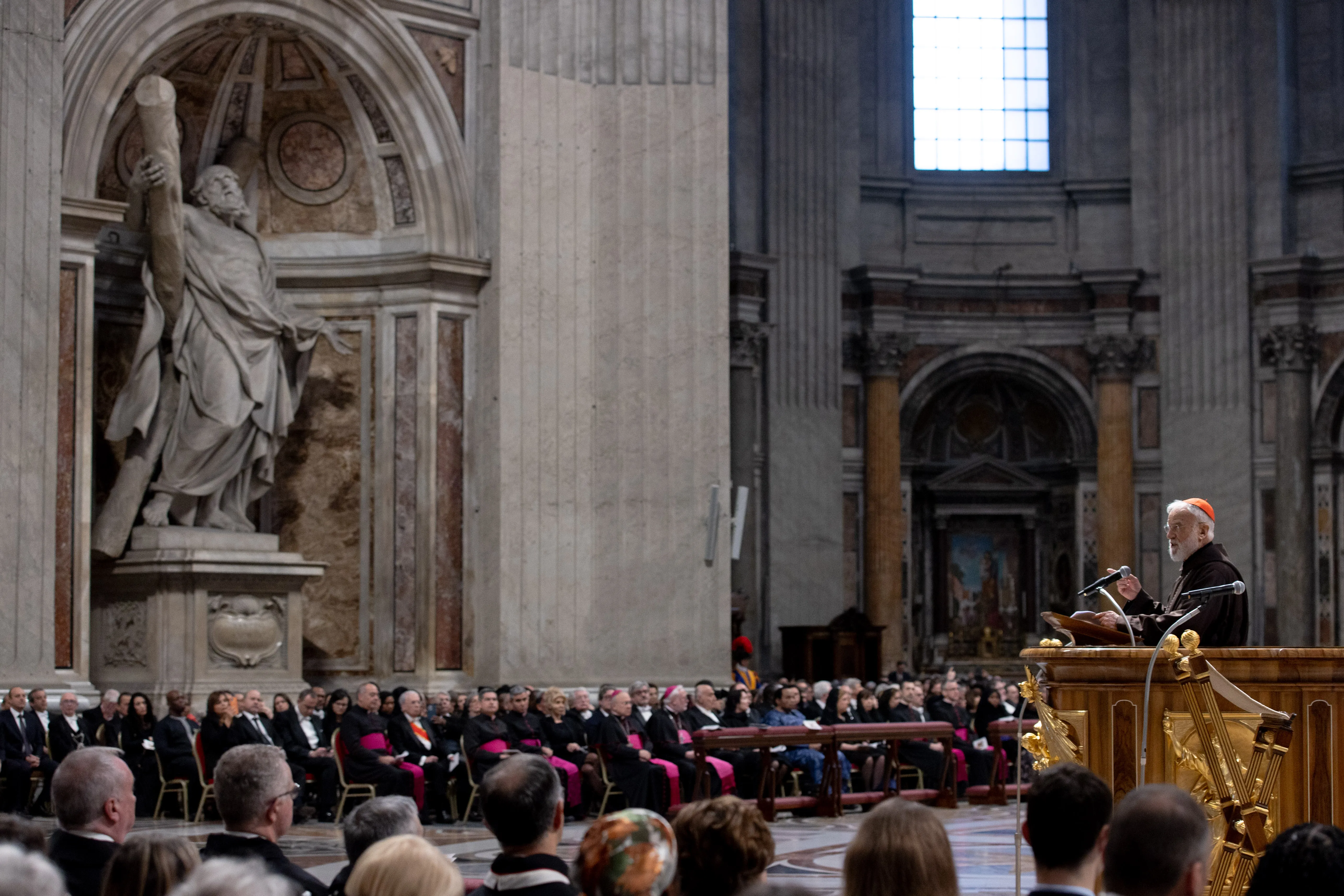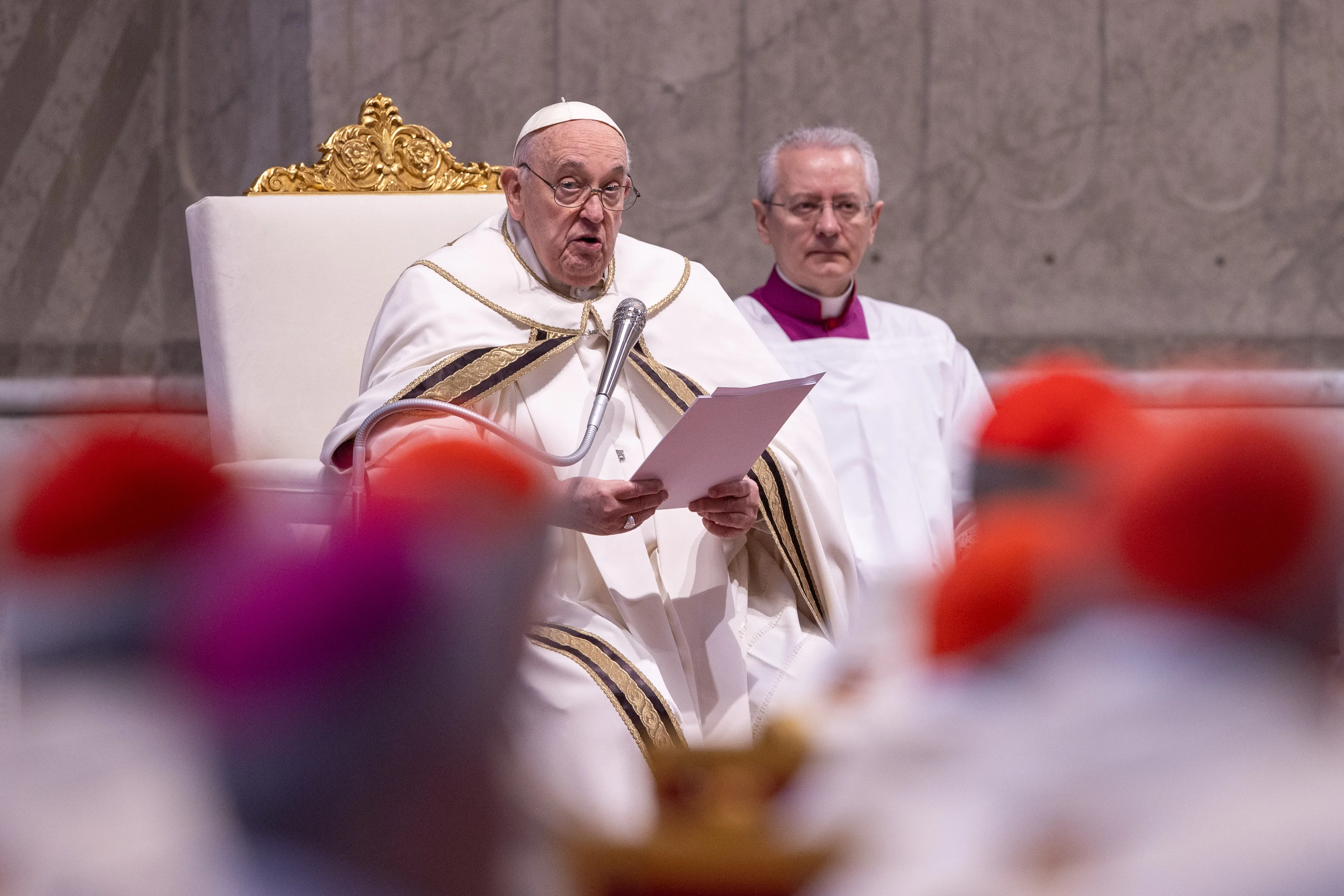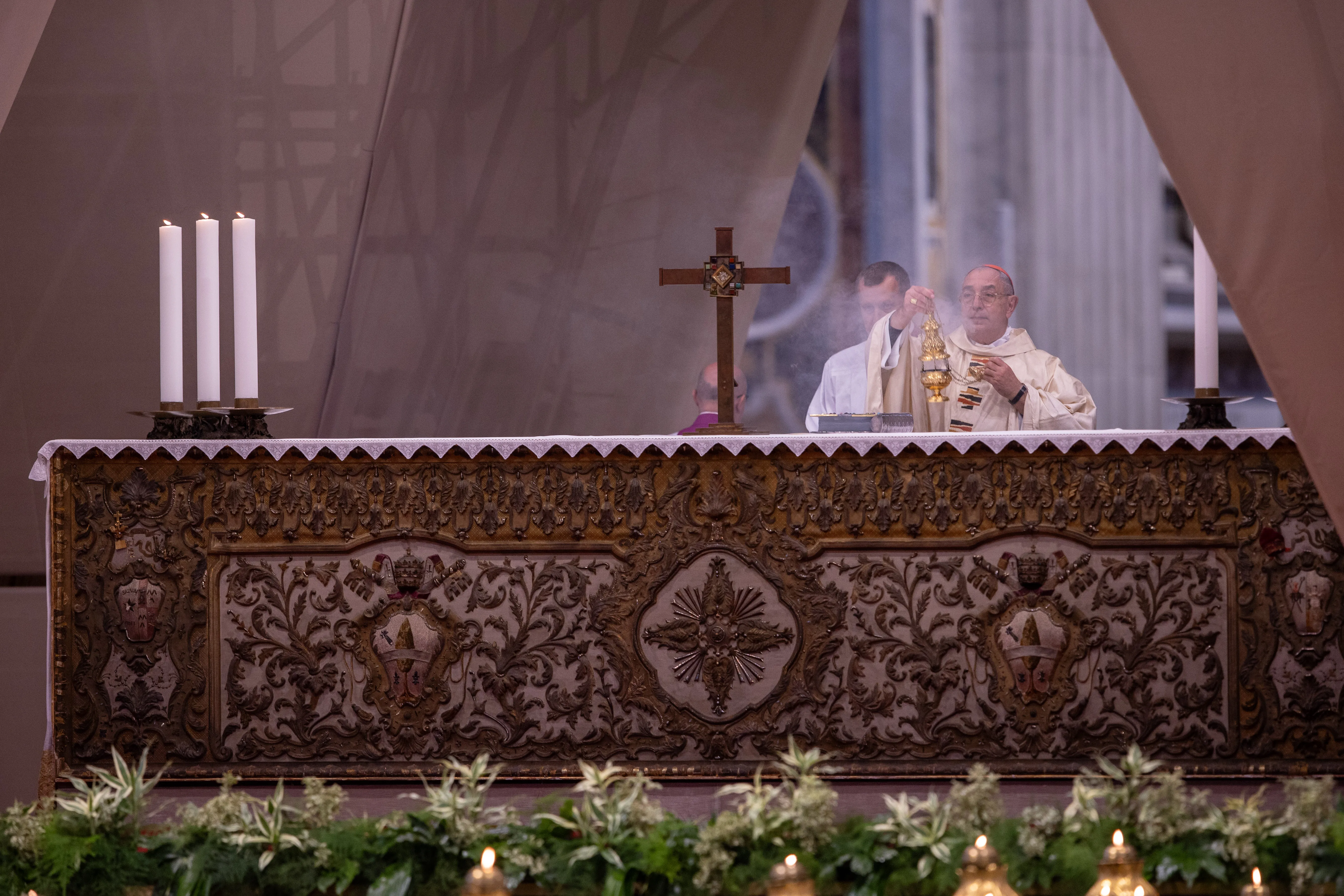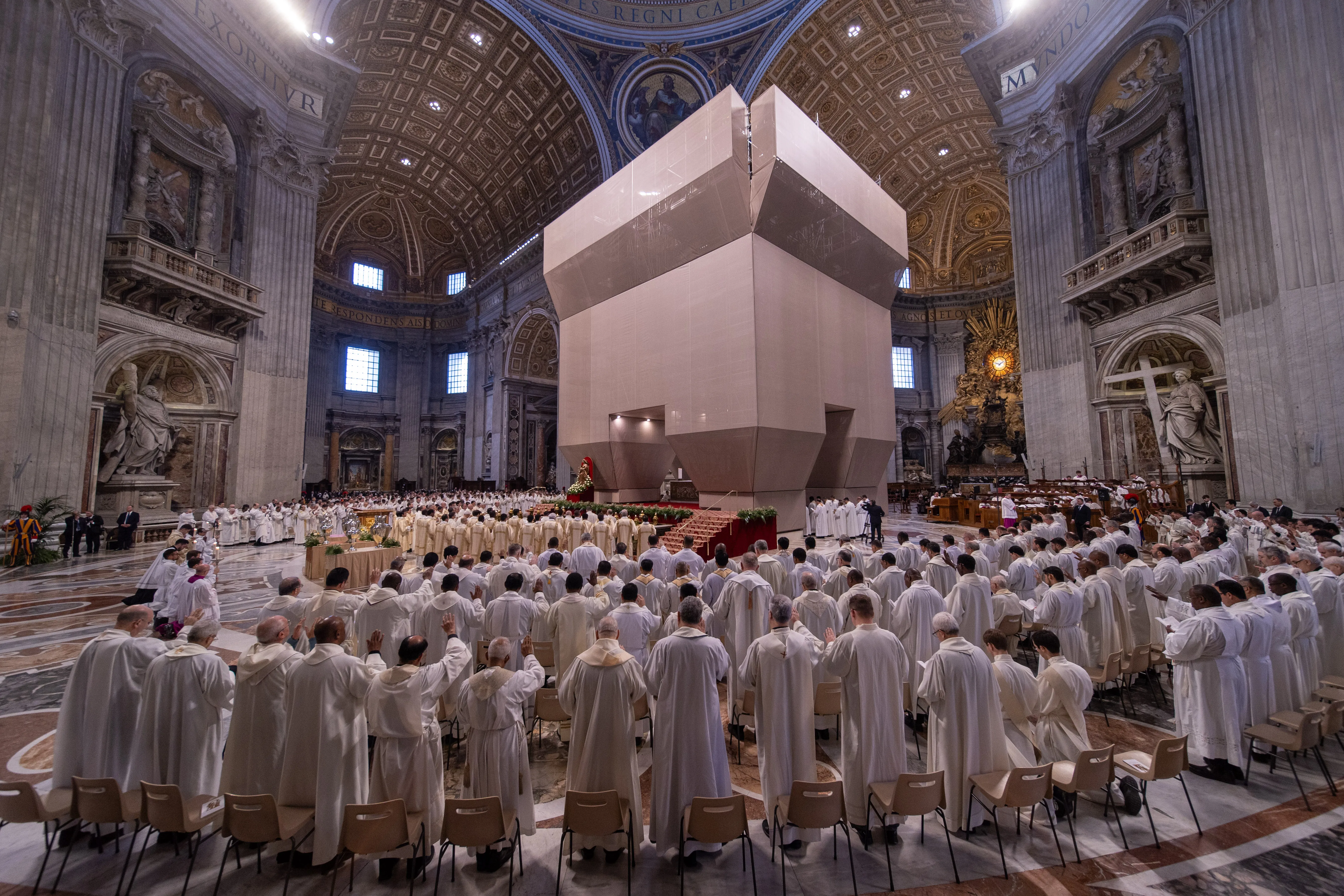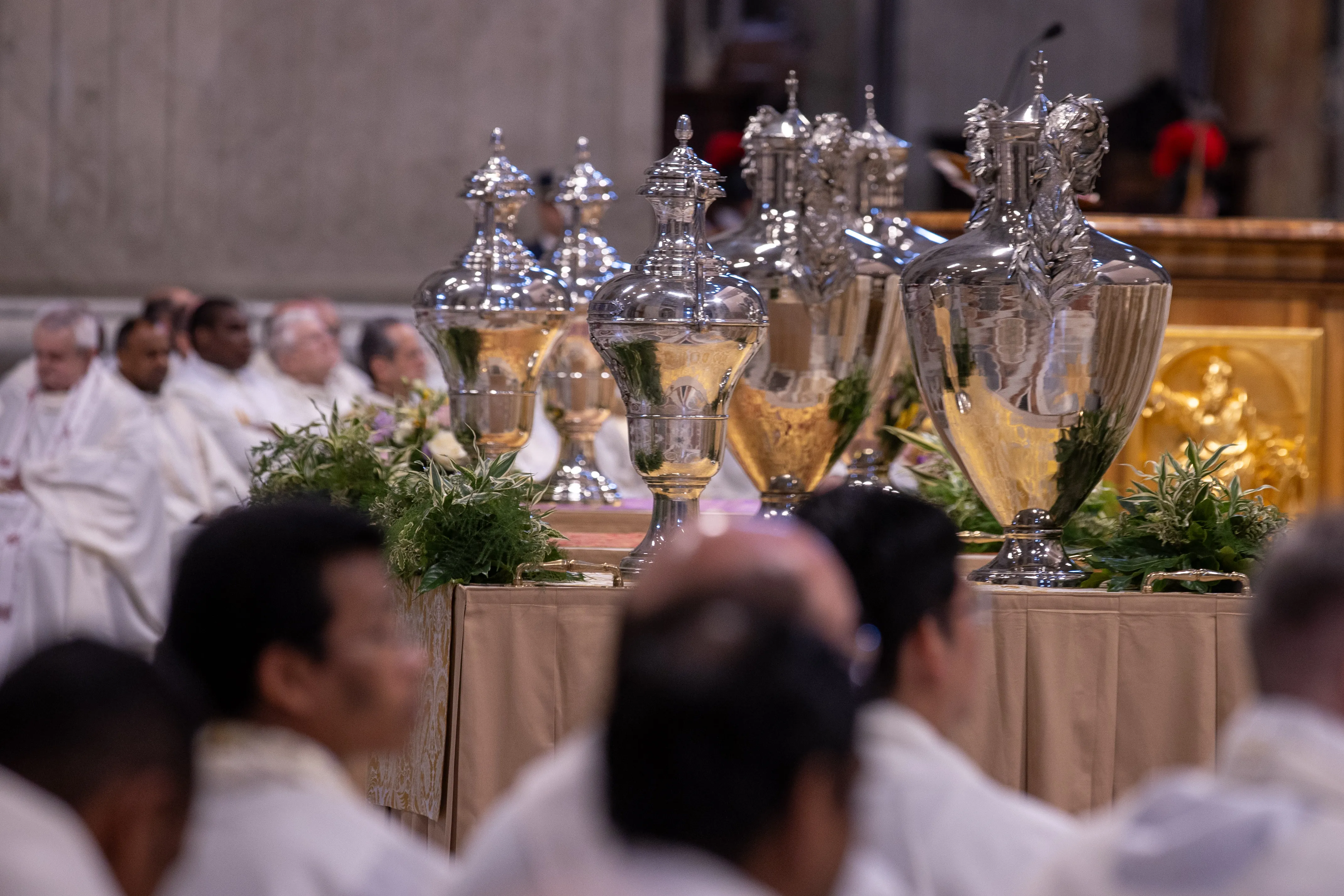
Pope Francis celebrates Easter 2024: ‘Jesus Christ is risen’
 Pope Francis presides over Easter Sunday Mass in St. Peter’s Square on March 31, 2024. / Credit: Vatican Media
Pope Francis presides over Easter Sunday Mass in St. Peter’s Square on March 31, 2024. / Credit: Vatican Media
Vatican City, Mar 31, 2024 / 08:15 am (CNA).
Pope Francis presided over Mass in St. Peter’s Square on Easter Sunday 2024 before giving the traditional urbi et orbi blessing in the presence of approximately 60,000 people.
On a warm and windy Easter Sunday at the Vatican, Pope Francis proclaimed: “Jesus Christ is risen! He alone has the power to roll away the stones that block the path to life. He, the living One, is himself that path. He is the Way.”
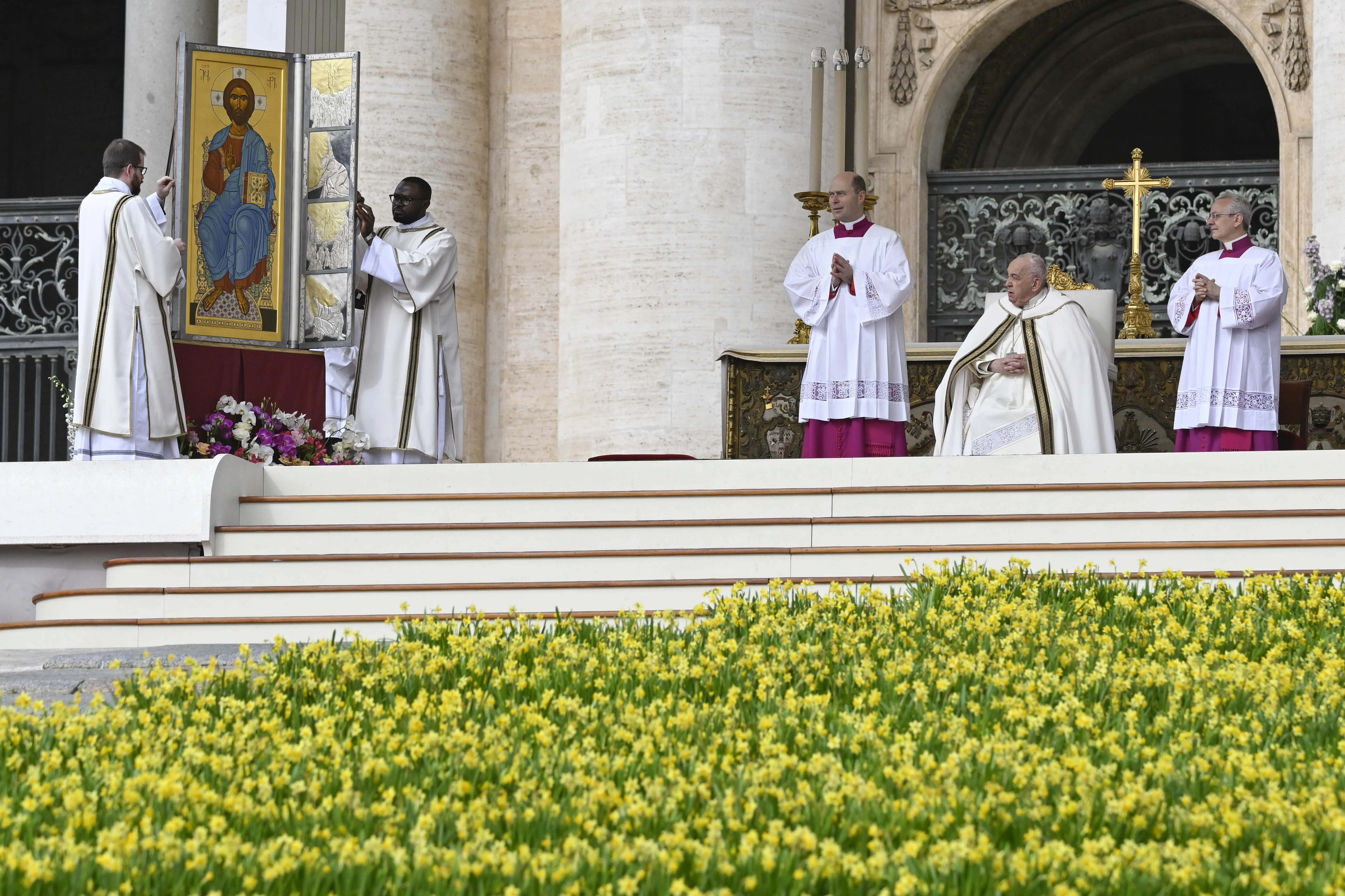
“Only the risen Christ, by granting us the forgiveness of our sins, opens the way for a renewed world,” the pope added.
Speaking from the central balcony of St. Peter’s Basilica in his urbi et orbi blessing, Pope Francis said that “today throughout the world there resounds the message proclaimed 2,000 years ago from Jerusalem: ‘Jesus of Nazareth, who was crucified, has been raised!’”
St. Peter’s Square was adorned with an array of over 21,000 flowers and plants from the Netherlands.
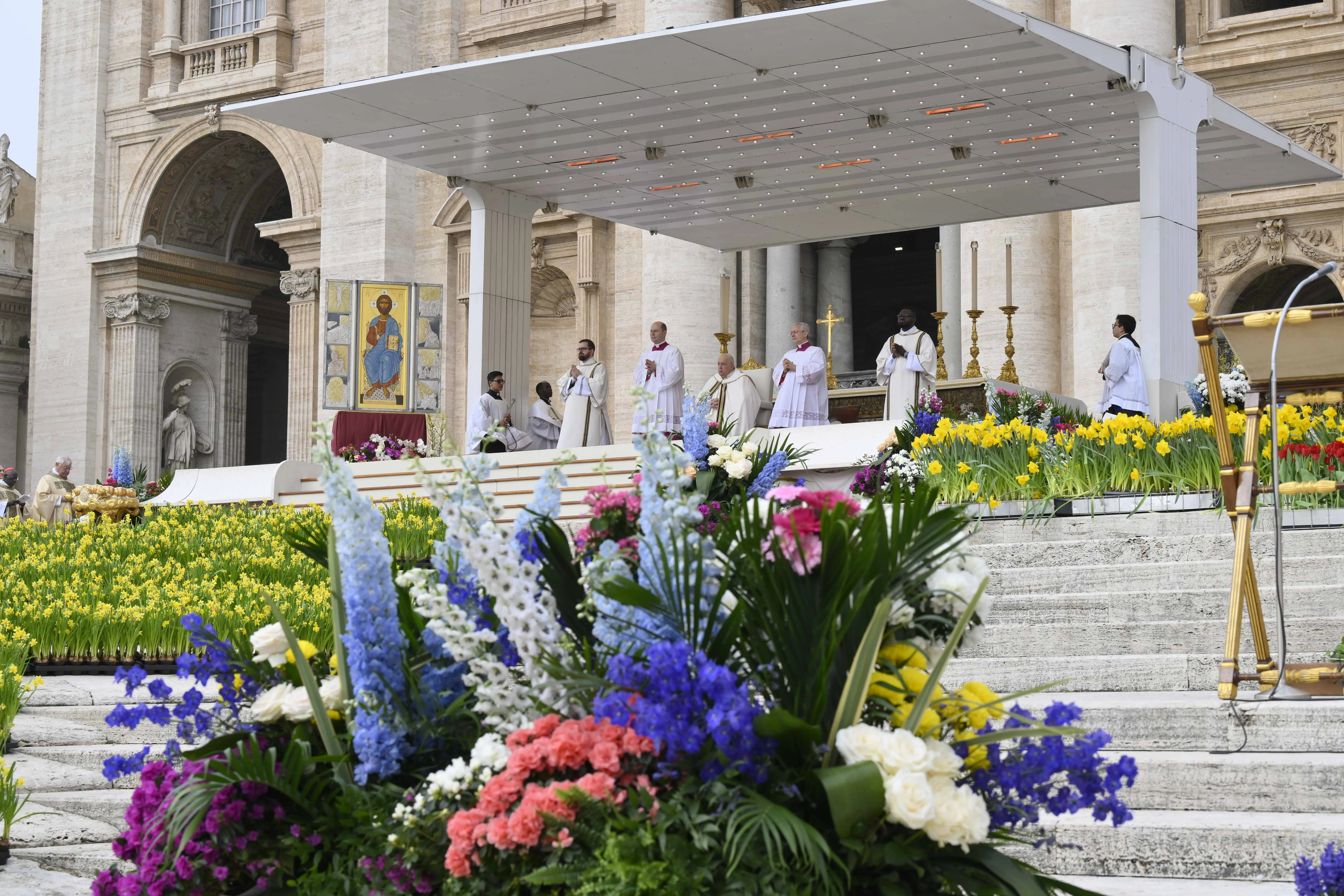
Three hundred priests, 18 bishops, and 34 cardinals concelebrated the Easter Sunday Mass on March 31. Cardinal Giovanni Battista Re celebrated at the altar due to Francis’ difficulty walking and standing.
The Gospel reading, John 20:1-9, was proclaimed in Latin and Greek. The passage recounts the moment in which Mary Magdalene and the apostles Peter and John found the empty tomb after Jesus’ resurrection.
Christ is Risen! Alleluia!
Easter hymns of joy from the Vatican: pic.twitter.com/USjIomFVwV
— Courtney Mares (@catholicourtney) March 31, 2024
As is his custom, Francis did not give a homily after the Gospel but stayed a few moments in silent prayer. Pope Francis gave a homily at the Easter Vigil Mass, which can be read here.
The pope also participated in the “Resurrexit,” an ancient rite honoring an icon of the Holy Savior. At the conclusion of the liturgy, Pope Francis rode through St. Peter’s Square on the popemobile greeting enthusiastic pilgrims who waved flags and cheered.
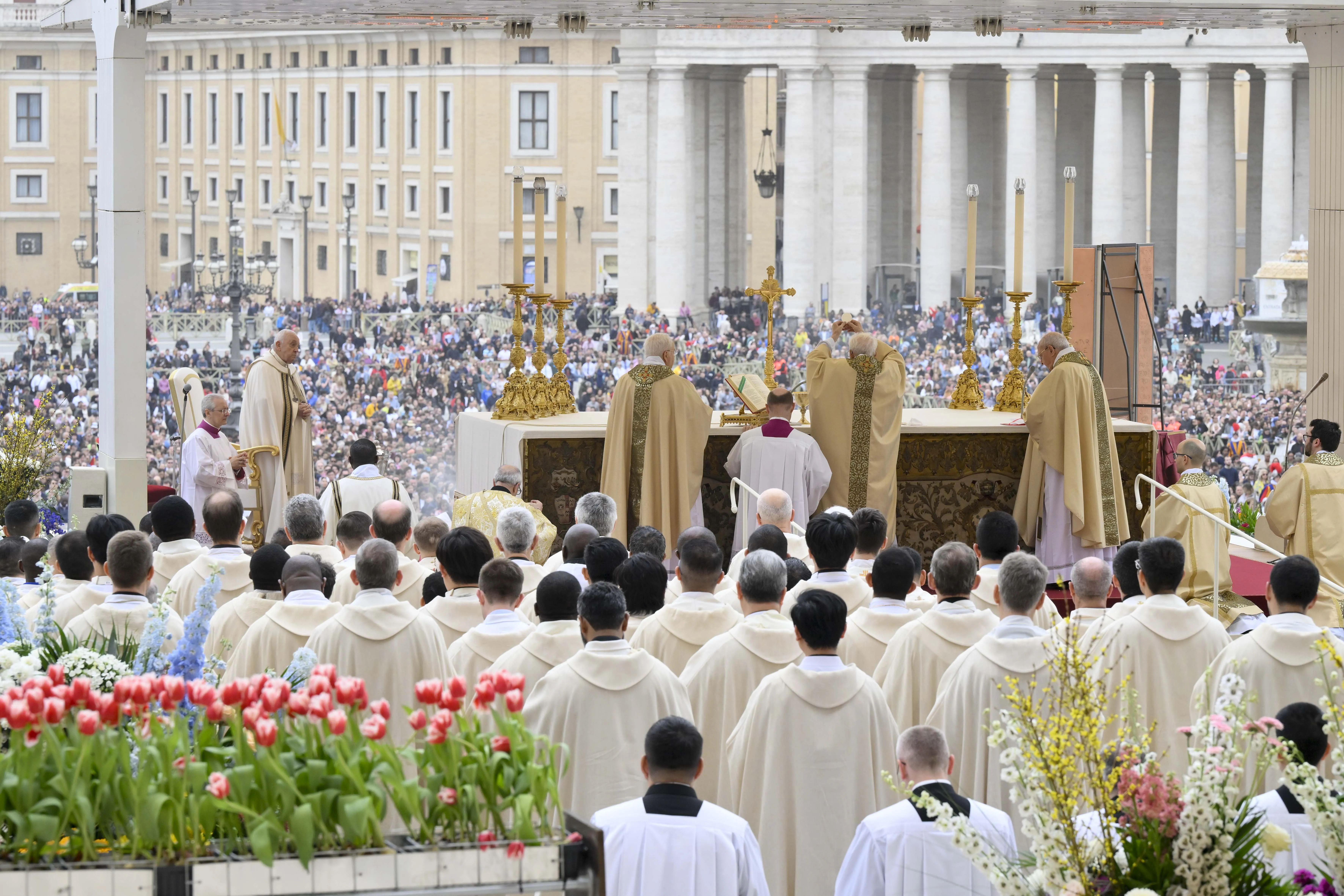
In his urbi et orbi message following the Mass, the pope reflected on the “amazing discovery of Easter morning” as the women discovered an empty tomb.
“The tomb of Jesus is open and it is empty! From this, everything begins anew!” Pope Francis said.
“A new path leads through that empty tomb: the path that none of us but God alone could open: the path of life in the midst of death, the path of peace in the midst of war, the path of reconciliation in the midst of hatred, the path of fraternity in the midst of hostility.”
Pope Francis prayed for peace in Israel, Palestine, Ukraine, and other parts of the world suffering from war and violence.
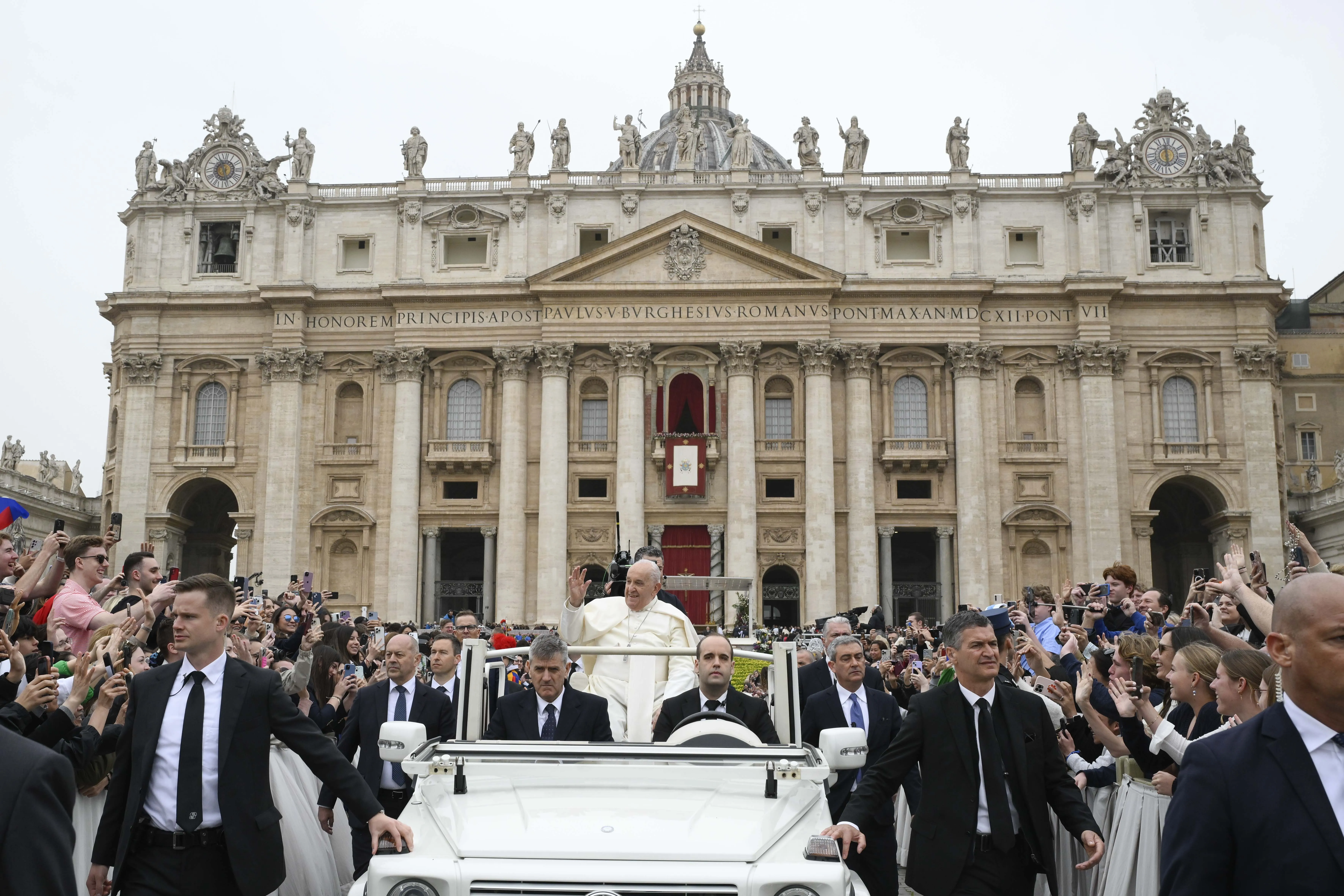
“On this day when we celebrate the life given us in the resurrection of the Son, let us remember the infinite love of God for each of us: a love that overcomes every limit and every weakness,” he said.
“And yet how much the precious gift of life is despised! How many children cannot even be born? How many die of hunger and are deprived of essential care or are victims of abuse and violence? How many lives are made objects of trafficking for the increasing commerce in human beings?”
“May the light of the Resurrection illuminate our minds and convert our hearts, and make us aware of the value of every human life, which must be welcomed, protected, and loved. A happy Easter to all!” Pope Francis said.



